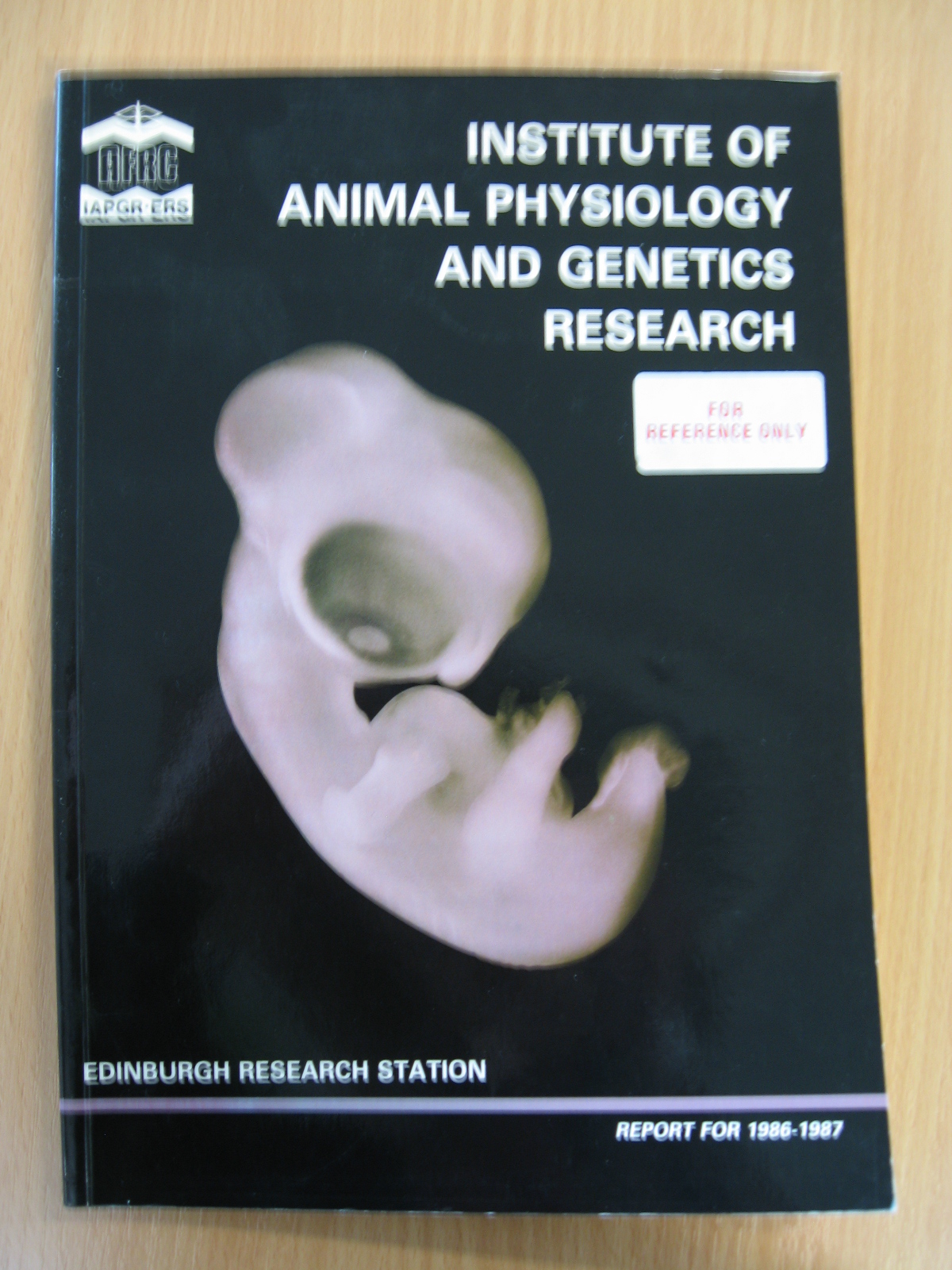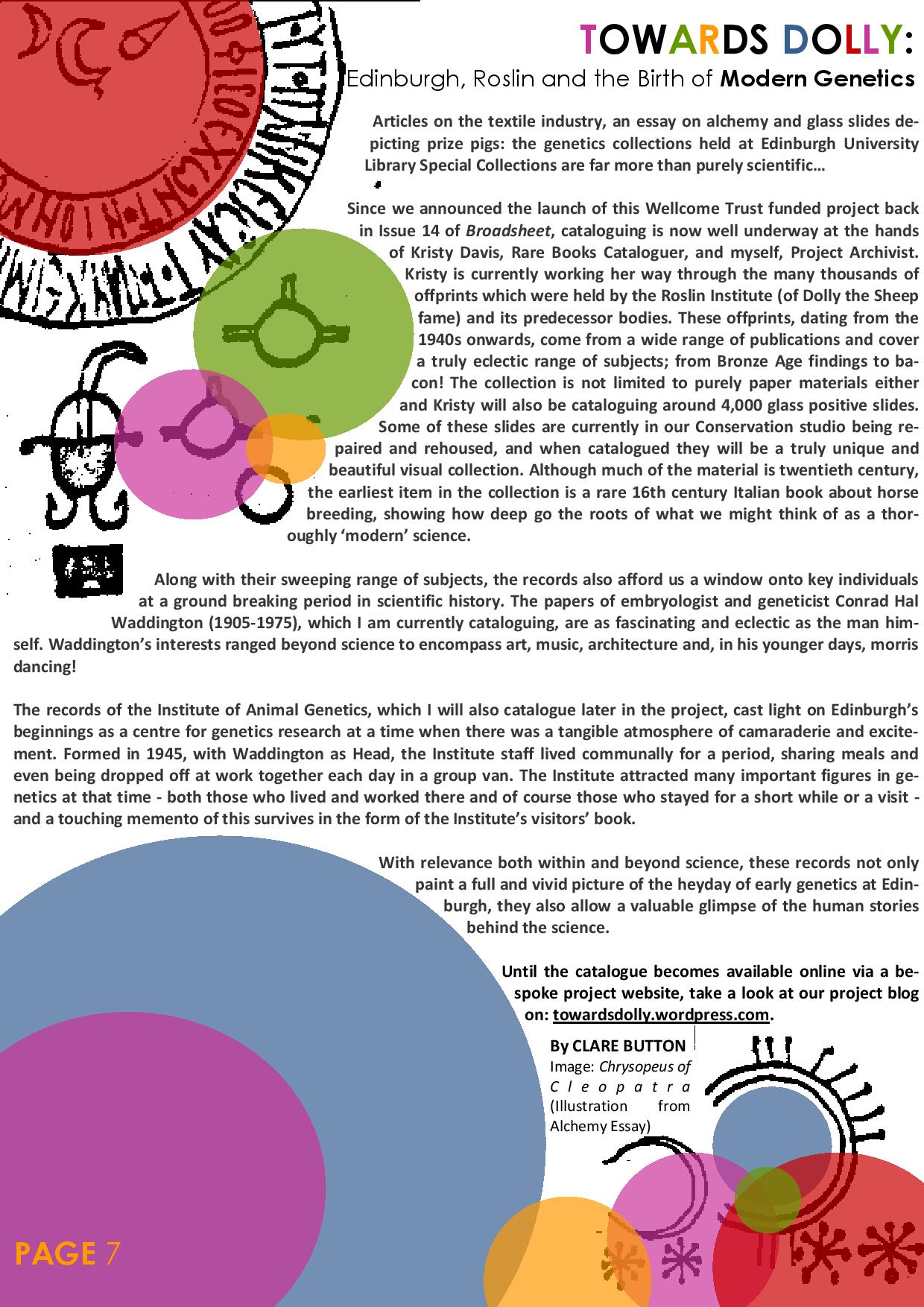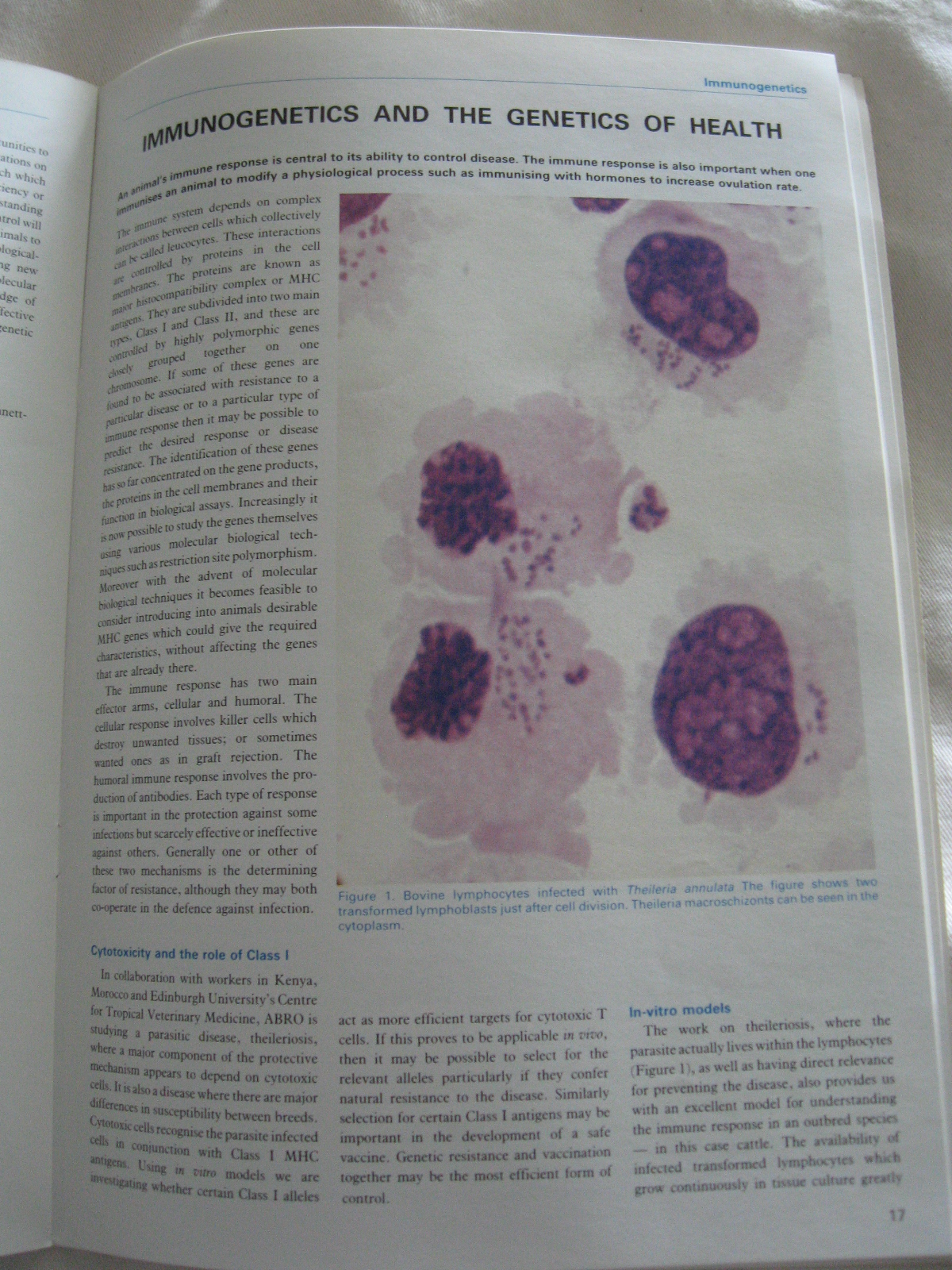It appears that C.H Waddington’s interest in animals was not merely confined to biology and genetics: the other day I happened across this drawing among some correspondence of Waddington’s about his visit to various Universities and research institutions in India in October 1968 under the auspices of British Council. Waddington seemingly took a fancy to having a statuette of this horse made out of clay ‘by a village craftsman’, a process overseen by his friend Prof R.V. Seshaiya from the Centre of Advanced Study in Marine Biology, Annamalai University, Porto Novo, in South India. A letter from Seshaiya to Waddington on February 27 1969 claims that ‘the ‘horse’ is nearing completion. The only item of work is painting it. The doll-maker tells me that he will hand over the finished model in about a week’s time’ before adding, ‘of course his measure of time is different from ours.’ It would certainly appear so – the parcel eventually arrived in September!
Waddington’s reply to Seshaiya on 26 September 1969 notes that ‘my wife and I are very pleased with [the horse]. It travelled quite safely except for one or two of the minor ornaments which we can quite easily put back with adhesive. I am very grateful for the trouble you took over this and it will be a wonderful reminder of our pleasant time at Porto Novo.’ We don’t know whether the two wonderfully dressed gentlemen ever formed part of the ornament!
The significance of the horse is not known, and neither is it clear who made this rather accomplished drawing, from which, presumably, the horse was modelled. We’ve seen from previous posts that Waddington could clearly draw, but I suspect even his skills did not extend this far. It could possibly have been his architect wife, Justin Blanco White, or perhaps someone in India. The mystery remains, but it’s certainly interesting to see what can turn up in folders of correspondence!






